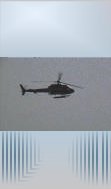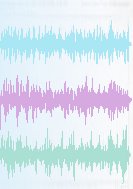Time
Domain
Linear
and filtered
Impulse
Damping
Event triggered
Noise measurements
Frequency
Domain
Waterfall
Run up / run down
Order tracking
FRF
Transfer function
Phase
Coherence
Swept sine
Noise spectral density
Harmonic distortion
Group delay
Rotational
Fundamental
+ harmonics
Shaft displacement
Orbit (eccentricity)
Torsional
Strain
Static and dynamic
Pressure
Static
and dynamic
Acoustics
Linear
and weighted
Octave and 1/3 octave
Reverberation decay
Track tonal components
Vibration
Acceleration,
velocity, displacement
DC accelerometer measurements
Steady state
Impact response
Damping
Modal density
FRF
Structural excitation
Laser vibrometer
Electrical
Signals
Below 200
kHz
Data
logging and recording |

